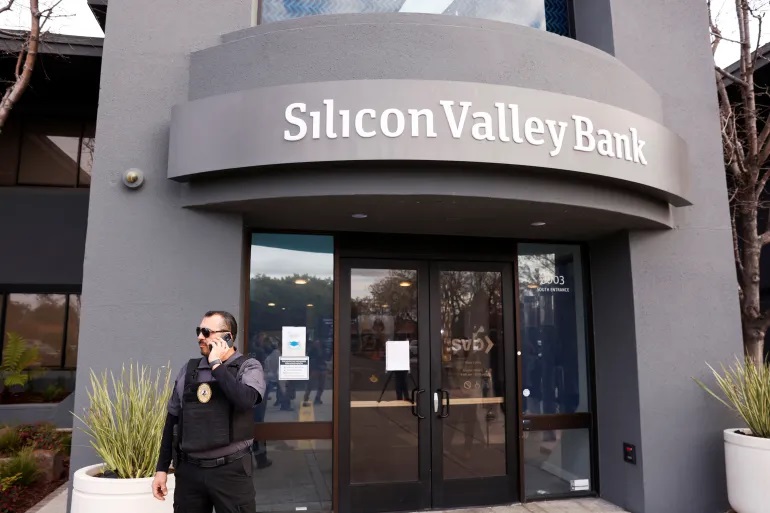Marwan Salem Al-Ali: College of Political Science, University of Mosul
Introduction
The fallout from the collapse of the Silicon Valley Bank (SVB) or so-called “Silicon Valley” began to spread worldwide, the largest bank to go under since the global financial crisis of 2008, raising fears of a worldwide banking crisis.
The bank’s collapse occurred after it failed to deal with massive withdrawals of its depositors, especially from technology companies, and its recent attempts to raise new funds were unsuccessful, and the bank was hit hard by the decline in technology stocks, in 2022, and an increase in interest rates to combat inflation, this has hampered financial conditions in the start-up sector, especially since the market value of many of the bank’s mortgage-related assets has lost value as interest rates have risen at significant rates. As a result, the Bank’s funding, prompted the bank to sell the bonds, with no gain, and to lose, to cover customer withdrawals.
The Bank’s failure began to reverberate across markets, stocks around the world crumbled, the dollar fell, and US authorities rushed to boost confidence in the banking system and prevent contagion, echoing the collapse in global financial markets, which began as if a new crisis surrounded it as the one the world experienced 15 years ago.
Undoubtedly, the new crisis has thrown many questions on the financial and business world’s platforms around the world, foremost among which are the economic and financial reasons why Silicon Valley quickly collapsed, in an unprecedented way, as well as the emergence of an important question, whether what happened to the bank is unique or will have global repercussions.
What is Silicon Valley? What are the reasons for its collapse?
During the Coronavirus pandemic (COVID-19), the tech sector experienced a period of growth, and before its collapse, Silicon Valley Bank was not (SVB) or the so-called “Silicon Valley” very popular with the average public, but it was one of the main banks offering loans to tech startups in the USA and beyond, and had strong ties to venture capital firms and at the end of 2022, occupied Silicon Valley, based in Santa Clara, California. 16 Between the largest U.S. banks with assets worth $209 billion and deposits of more than $175.4 billion, Silicon Valley Bank purchased long-term U.S. Treasury bonds taking advantage of the increase in deposits in 2021, and most of these deposits were invested in those Treasury bonds, seeking a higher return on investment than was available on
But the bank took a major hit following the depreciation of long-term bonds as interest rates rose at significant rates from the US federal in an inflation surge in 2021-2023, and the bank had unrealized market-based accounting losses that exceeded $15 billion for securities held to maturity, which has hampered financial conditions in the start-up sector, especially since the market value of many associated bank assets, As a result, the bank’s clients, most of whom are emerging technology companies, began withdrawing their deposits in light of their need for liquidity to obtain financing. This prompted the bank to compensate for its losses by selling the bonds, with no gain and no loss, to cover withdrawals from customers, announced on March 8, 2023, that it had sold investments worth (21) billion US dollars, borrowed (15) billion dollars, and would make an emergency sale of its shares to collect (2.25) billion US dollars, the announcement caused customers to withdraw Funds amounting to a total of (42) billion US dollars the next day, achieving a loss of about (1.8) billion dollars, which left a gap that the bank tried to fill by increasing the capital, but the bank failed to do so.










